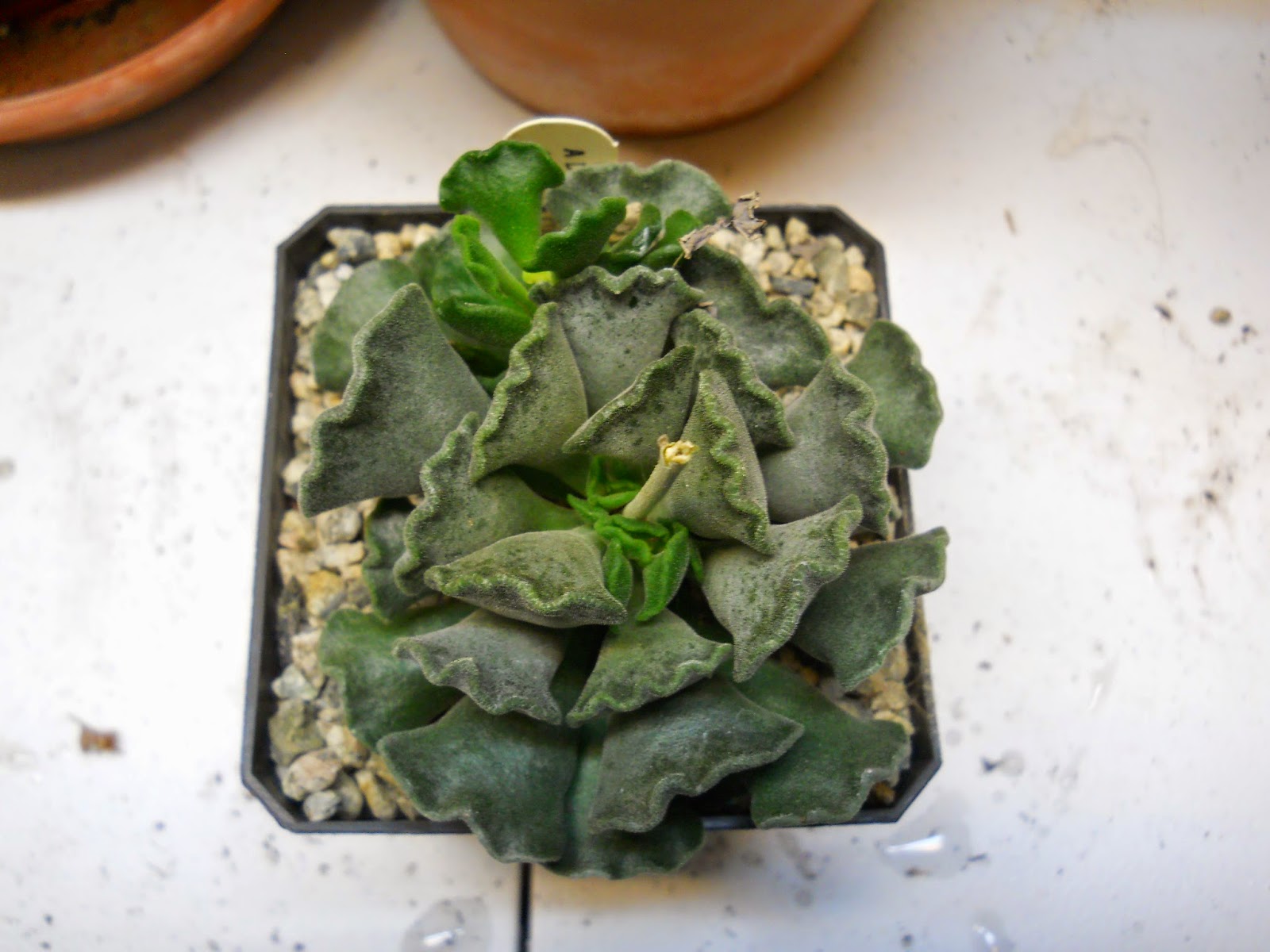This year could definitely be the year of the Agave. I tripled my collection! I really am getting into these guys, although they are very pointy and can be a pain to repot. 
This is Agave americana. Yep, the Century Plant that blooms rarely and can get huge. I hope that mine will flourish and someday get to be one of those huge ones.
This one is called Agave shawii. It is very spiny! The spines are kind of a reddish brown color.
This is a closeup of the leaves on my Agave striata. These hurt a lot when they poke you! I've accidentally done it a few times and wow, these are sharp.
This is what the whole Agave striata looks like. It's a fairly small plant right now but it has been making lots of new leaves.
This is a closeup of some Agave stricta var. rubra that I have grown from seed. They are just a little over a year old now. The plant in the foreground is showing off the red color very nicely.
Here's the entire pot of Agave stricta. Next month I'm going to repot them nicely because they're sprawling around a bit and looking silly.
This is Agave titanopsis. Its spines are brown as opposed to the rest of the leaves. It's not as sharp and pokey as some of these other species I have.
And lastly, this is Agave victoriae-reginae var. compacta. As you can see, it has made lots of pups but they don't have the white coloring yet that the main plant does. This is a really pretty Agave which is what attracted me to it in the first place.















